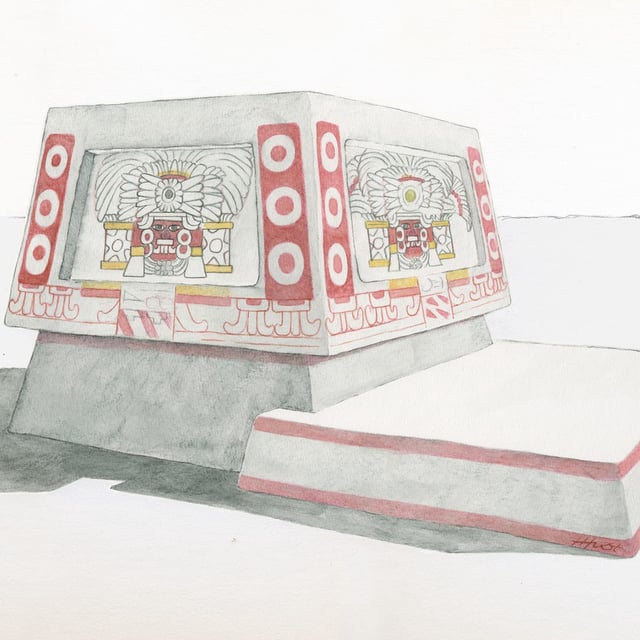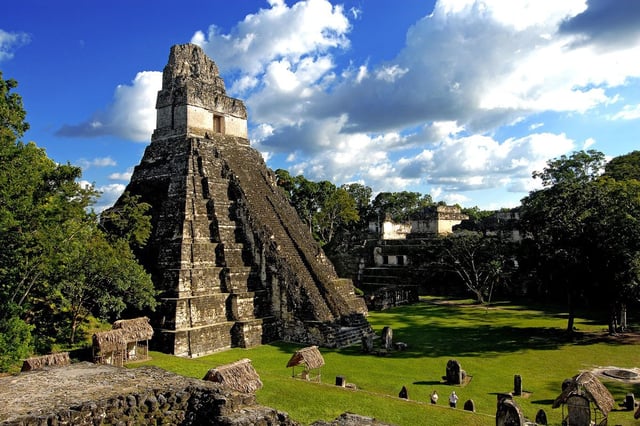Overview
- Archaeologists uncovered a Teotihuacan-style altar within a Maya residence, Group 6D-XV, in Tikal National Park, Guatemala, dating back 1,700 years.
- The altar’s design, featuring murals of the Teotihuacan Storm God, reflects distinct artistic traditions and diverges from Maya practices of deifying rulers.
- Construction of the site occurred in two phases, from 300 to 400 A.D. and a later expansion from 400 to 450 A.D., showing sustained Teotihuacan influence.
- Researchers suggest wealthy leaders from Teotihuacan likely brought their cultural and ritual practices to Tikal, leaving a significant imprint on the city.
- The findings, announced by Guatemala’s Culture and Sports Ministry, provide fresh evidence of complex interactions, including potential cultural tensions, between the two civilizations.

